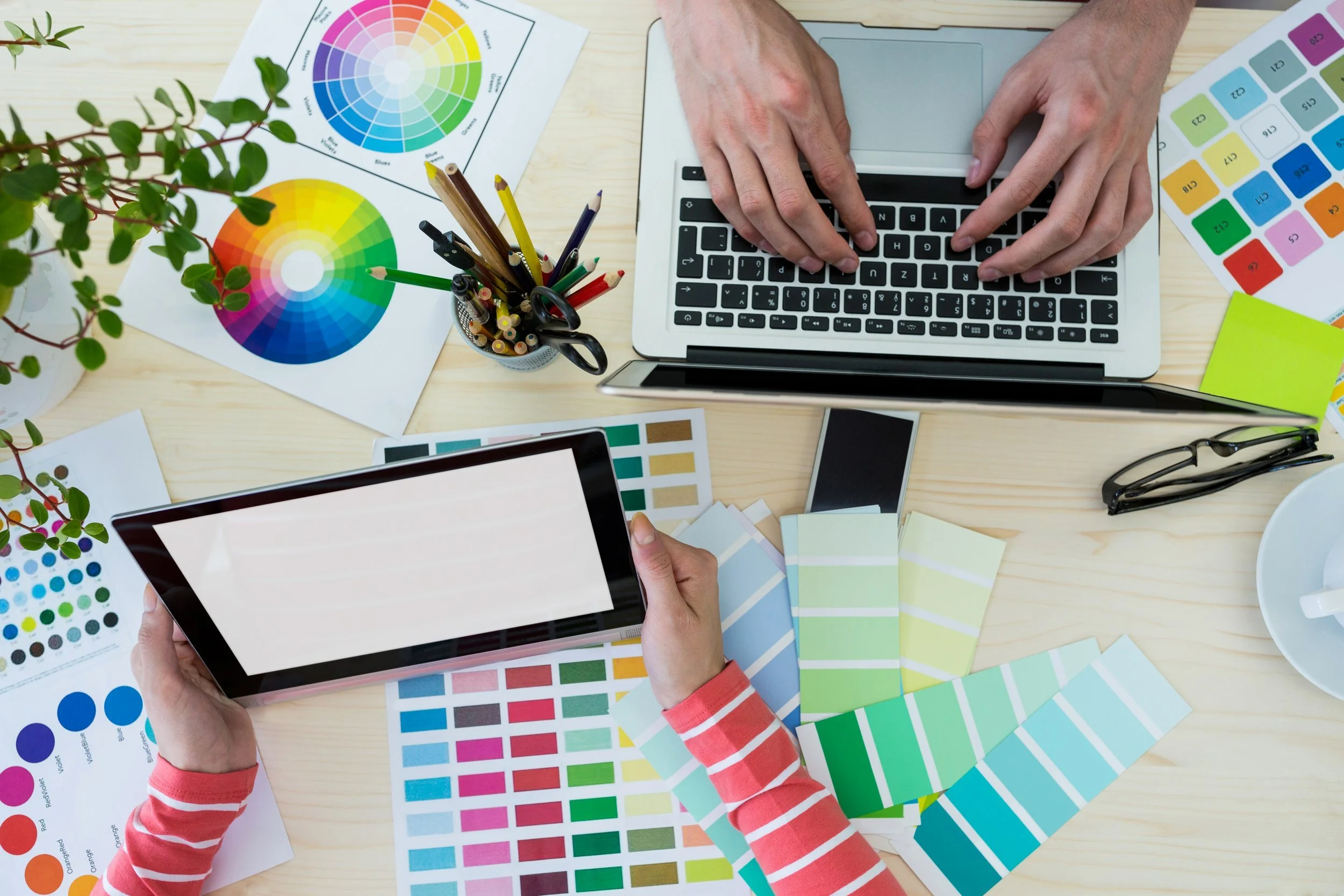How does Internet2 actually work? Christine Senavsky spoke with a member of the CMU network team to clarify how the technology functions in practical terms.
Consumers Spent Big This Holiday Season - What and How Did They Buy, and What May Capture Their Attention Next?
There are a lot of options for how people may choose to allocate their time, attention, and financial resources. To an extent there is competition in the cultural sector between museums, theaters, and other similar organizations, but external options, such as other forms of entertainment or educational technology, present a plethora of choices for the consumer. With that in mind, as we start the year let’s take a brief scan of what was hot in the tech world through the 2018 holiday season, and what appears to be on the horizon.
Top 7 Technology Innovations to Watch in 2019
The Evolving Fusion of AR, Public Art, and Virtual Public Space
Public art in commercial and recreational structures is a means to bring communities together and directly connect people with the physical space around them. Typically, public art is presented in the form of murals, sculptures, architecture, and environmental art. In addition to social bridging, public artworks can serve as identity-markers for particular locations, mediums to express distinct points of view, and vehicles to inspire personal and social change.
4 Ways to Increase Accessibility for Low-Vision and Blind Patrons in Art Museums
Technical innovations are increasing opportunities for patrons who have low or no vision to engage with the arts. There are four dominant approaches for serving these members of the community: seeing through touch tours, beacon technology, audio description, and applications on personal devices.
Image credit: National Park Service
Research Update: Artworks Powered by Artificial Intelligence in the Marketplace
There is a significant distinction to be made between the traditional model of AI-generation - where an algorithm simply produces a piece of art - and a more interactive form of generation, where the algorithm is actually part of the art. The question then becomes, how can artwork that requires ongoing AI generation and adaptation can be integrated into the traditional marketplace?
Image source: Philip Beesley Architect Inc.
ReMasterpieces: A Machine Learning Powered Provenance Research Tool
New Tech Impacts Ancient Sites
Last April, contributor Jana Fredricks attended the 2018 Museums and the Web conference in Vancouver. Amidst the chatter of digital collections, online audience engagement, and shiny new tech, she presented research on three technologies that have changed the way cultural heritage sites are understood and documented in the digital age. Her paper, Digital Tools and How We Use Them: The Deconstruction and Reconstruction of Cultural Heritage in Syria, was presented in a panel entitled Post-Colonial Digital.












